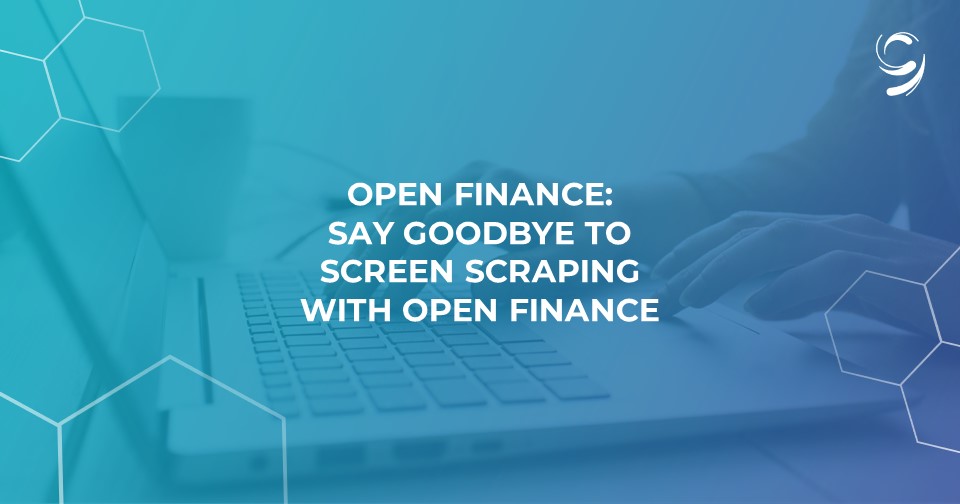In recent years, there has been a continuous shift in customer needs and expectations when it comes to how they manage their financial assets. This includes the desire to access all their financial data through an ever-growing ecosystem of external apps. For consumers, that’s personal financial management and wellness tools, investment and wealth management platforms, tax prep software. For businesses, it’s ERP applications and accounting systems.
That’s where Open Finance comes in. Open Finance’s promise is rapid, secure sharing of financial data, in a way that gives the customer greater control and transparency. It is not a new concept. Nearly every financial institution is participating in one way or another. But because, to date, the approach has been reactive – rather than proactive and strategic – they continue to expose themselves and their customers to an overabundance of risks.
While eager for flexibility in how they interact with financial information, customers have valid concerns. According to a Deloitte survey, over half of them worry about identity theft, information being sold without consent to third parties, and poor data integrity. The traditional “go to” method for sharing information – screen scraping – has done little to ease those concerns.
So, what can financial institutions do to get Open Finance right and deliver the benefits without undue risks?
Give Customers Control Over Data Sharing
One of the biggest issues with screen scraping is that it leaves customers open to having their data shared in ways they are unaware of and did not authorize. JPMorgan Chase CEO Jamie Dimon warned about the risks to bank customers: “Many third parties sell or trade information in a way customers may not understand.” Moreover, he added, “Often this is being done on a daily basis for years after the customer signed up for the services, which they may no longer be using.”
Safe Open Finance is all about customer-permissioned data. The customer is in the proverbial driver’s seat, with full control over what data is shared, how it is shared, and who it is shared with. They can revoke those permissions at any time.
Promote Bank-Strength Security and Privacy
The process of screen scraping – where a customer hands over their login credentials, allowing an aggregator to automatically simulate a log in to capture account details – lends itself to numerous potential security problems, including login credential creep.
Open Finance supported by an API platform can deliver the kind of bank-strength security (for example, support for OAuth and other customer authentication protocols) that FIs need to ensure that customer financial data is fully protected at all times.
Eliminate Multiple Risky Connections
Because the screen scraping process is often initiated by a third-party app, it is likely that several different data aggregators are being used to gather data from each financial institution. This means that FIs have not just one, but many risk connections to fret over.
API platforms facilitate safe Open Finance, serving as a single secure gateway for sharing financial data with external solutions. This eliminates multiple risky connections, allowing FIs to safely and efficiently manage and monitor all connections from a single point of control.
Make the FI an Active Participant in the Data Sharing Process
For far too long, financial institutions have sat on the sidelines as sensitive information was collected through screen scraping on behalf of FinTech’s and app providers. While this approach has given customers access to the data they want through their preferred solutions, it has left FIs with few options other than to hope the constant barrage of “scrapes” doesn’t impact the performance of websites and back-end systems. And while banks have little control over the data transferred from their systems, they are often the subject of customer ire when these data connections break down.
Open Finance, supported by an API-based platform, gives financial institutions the visibility they need to closely monitor and manage what data is shared and who it is shared with. This maximizes reliability and security, giving customers the access they want in the safest way possible.
Want to avoid the pitfalls of screen scraping? Contact our experts to learn more.
About Ninth Wave
Ninth Wave delivers secure, seamless, and standardized data connectivity to fintechs and financial institutions of all sizes, through a single point of direct integration to a universal suite of open finance APIs. With configurable controls, visibility, and insights into all data sharing and data acquisition connections between aggregators, third-party apps, and internal applications, Ninth Wave empowers financial institutions and their customers with access and oversight to their connected apps, enabling secure data exchange in a holistic and scalable open finance ecosystem. Offering solutions for retail and commercial banks, wealth managers, credit card issuers, tax providers, and more, Ninth Wave provides unparalleled connectivity and universal compatibility to complex information systems, unlocking innovation, potential, and performance for your data. Contact us to learn more about Ninth Wave’s secure data connectivity features. Empowering open finance. At scale, at last.






